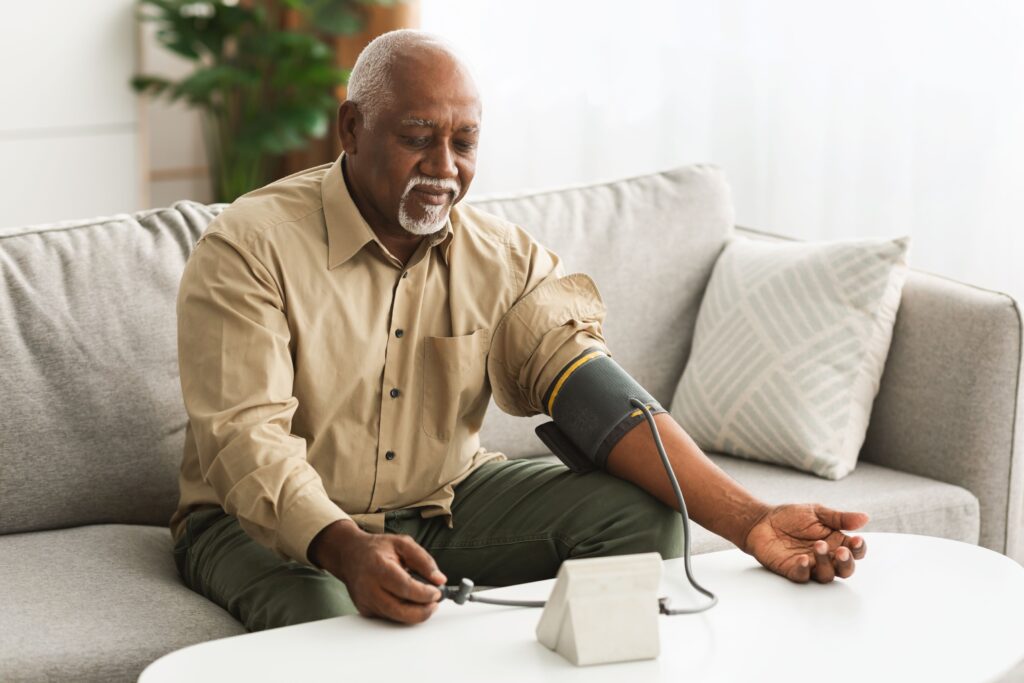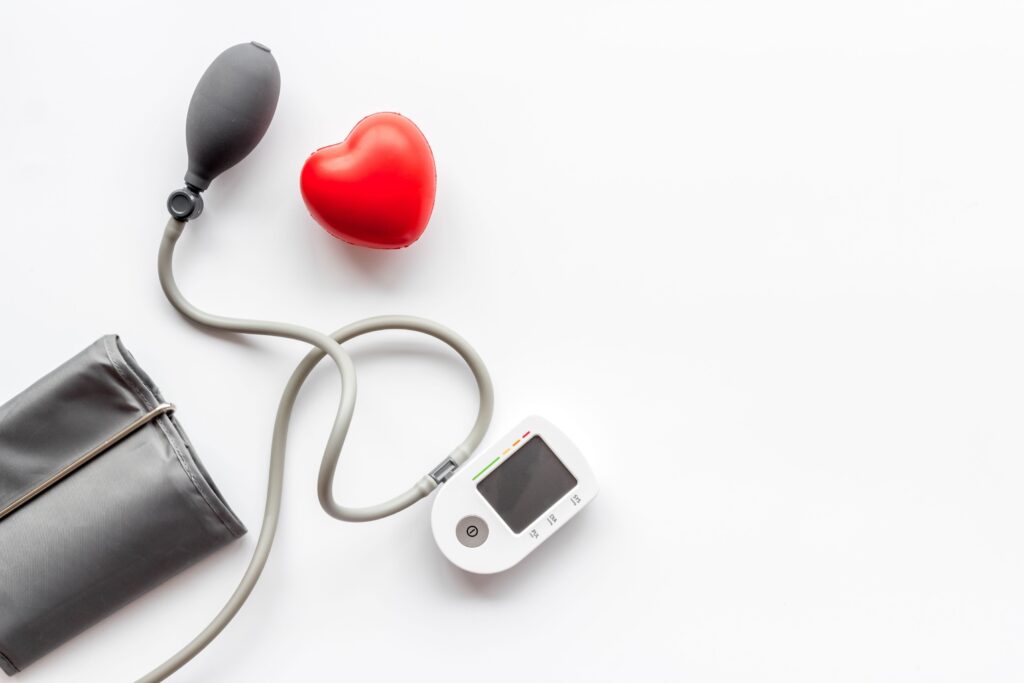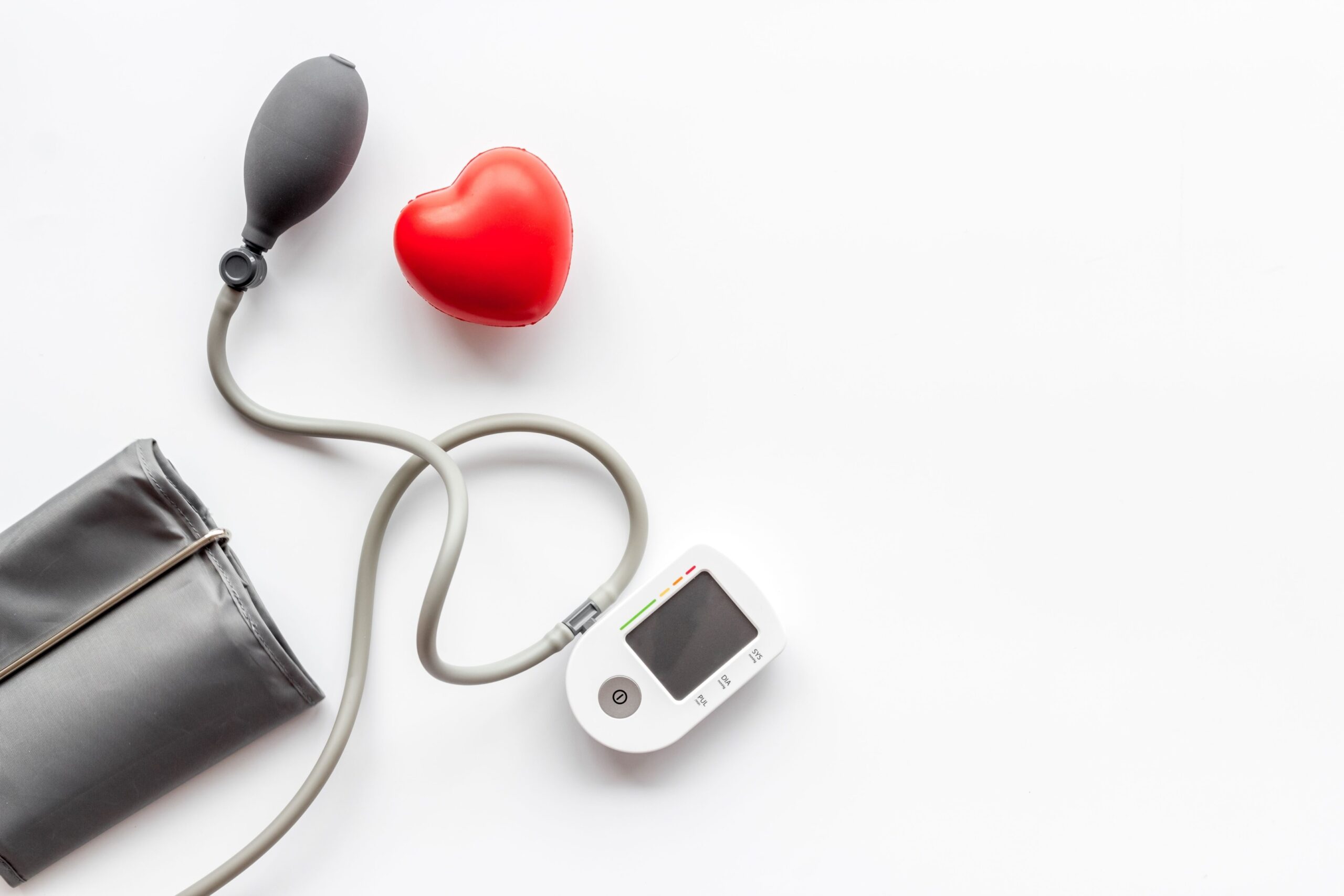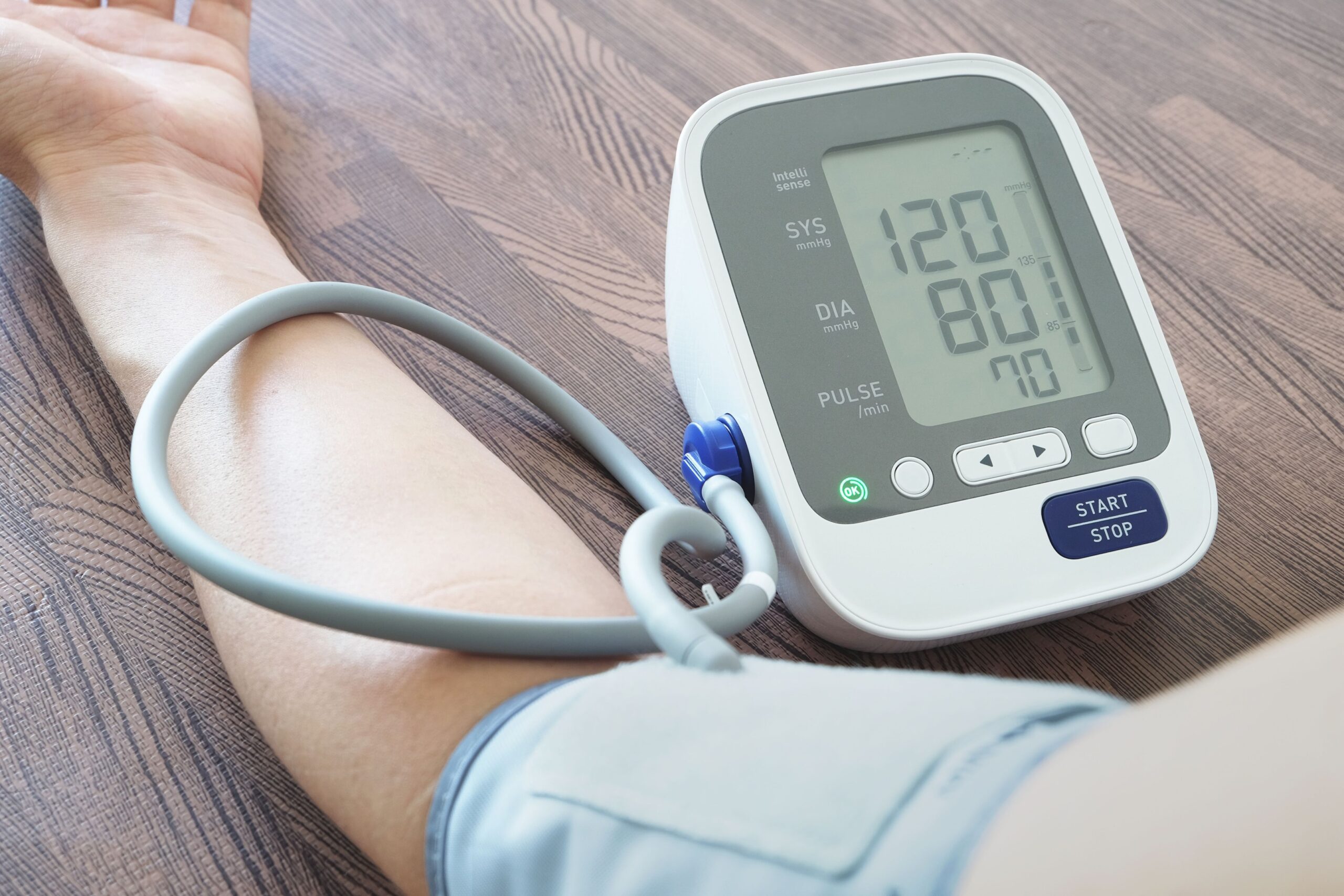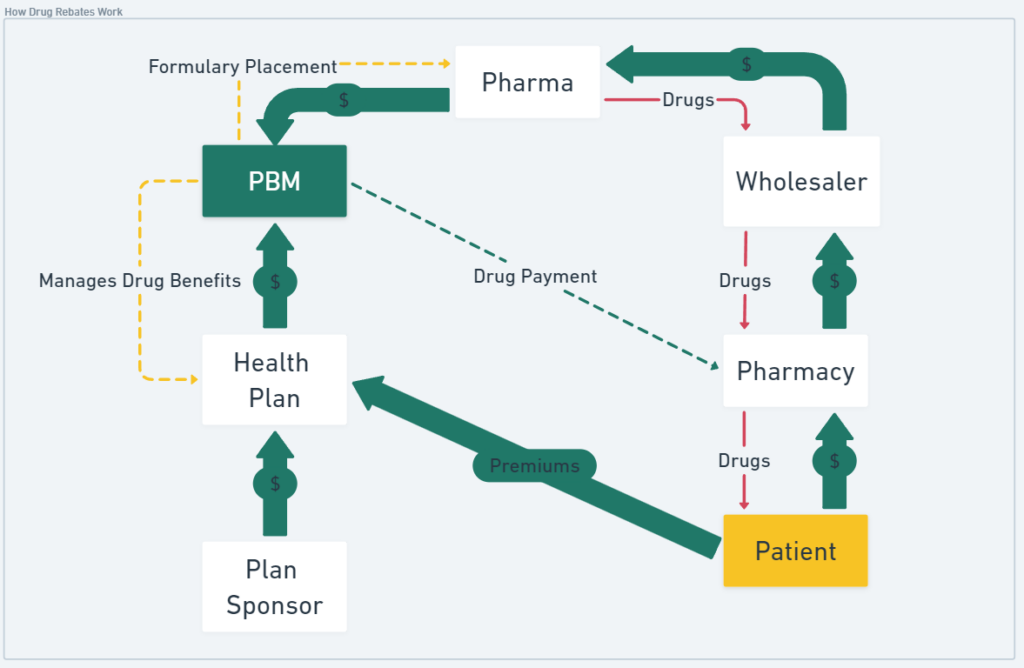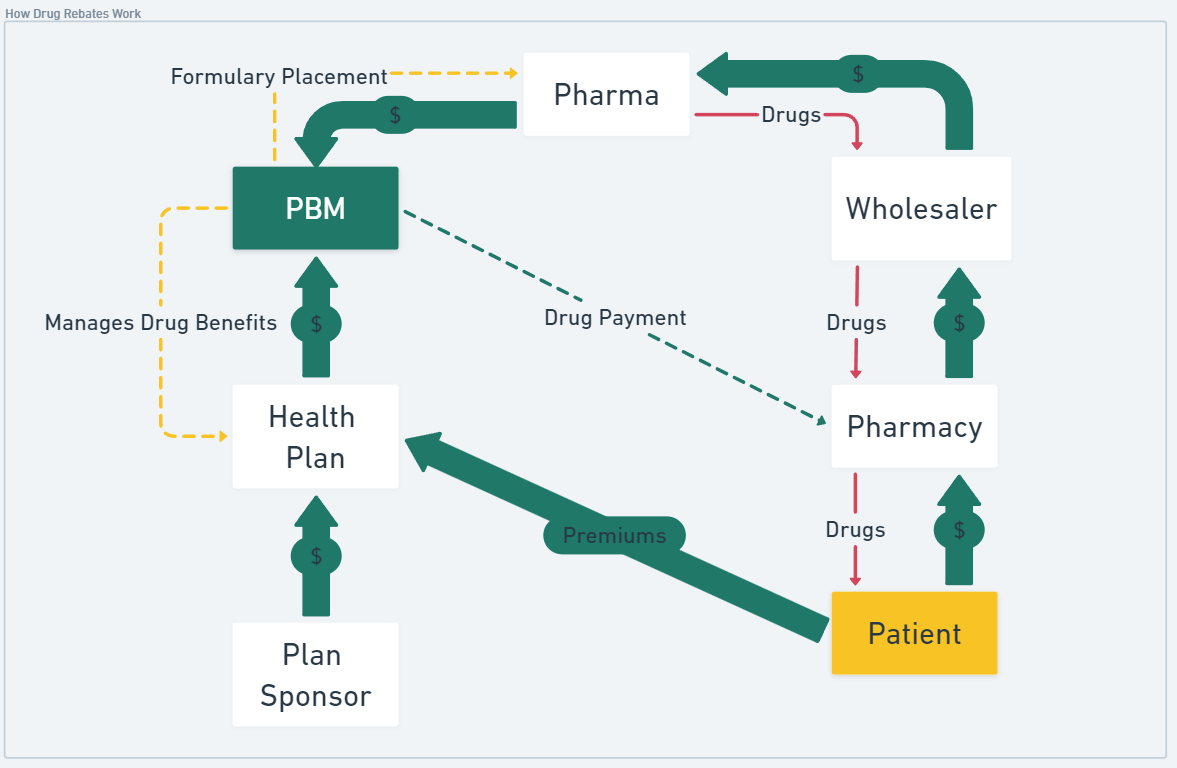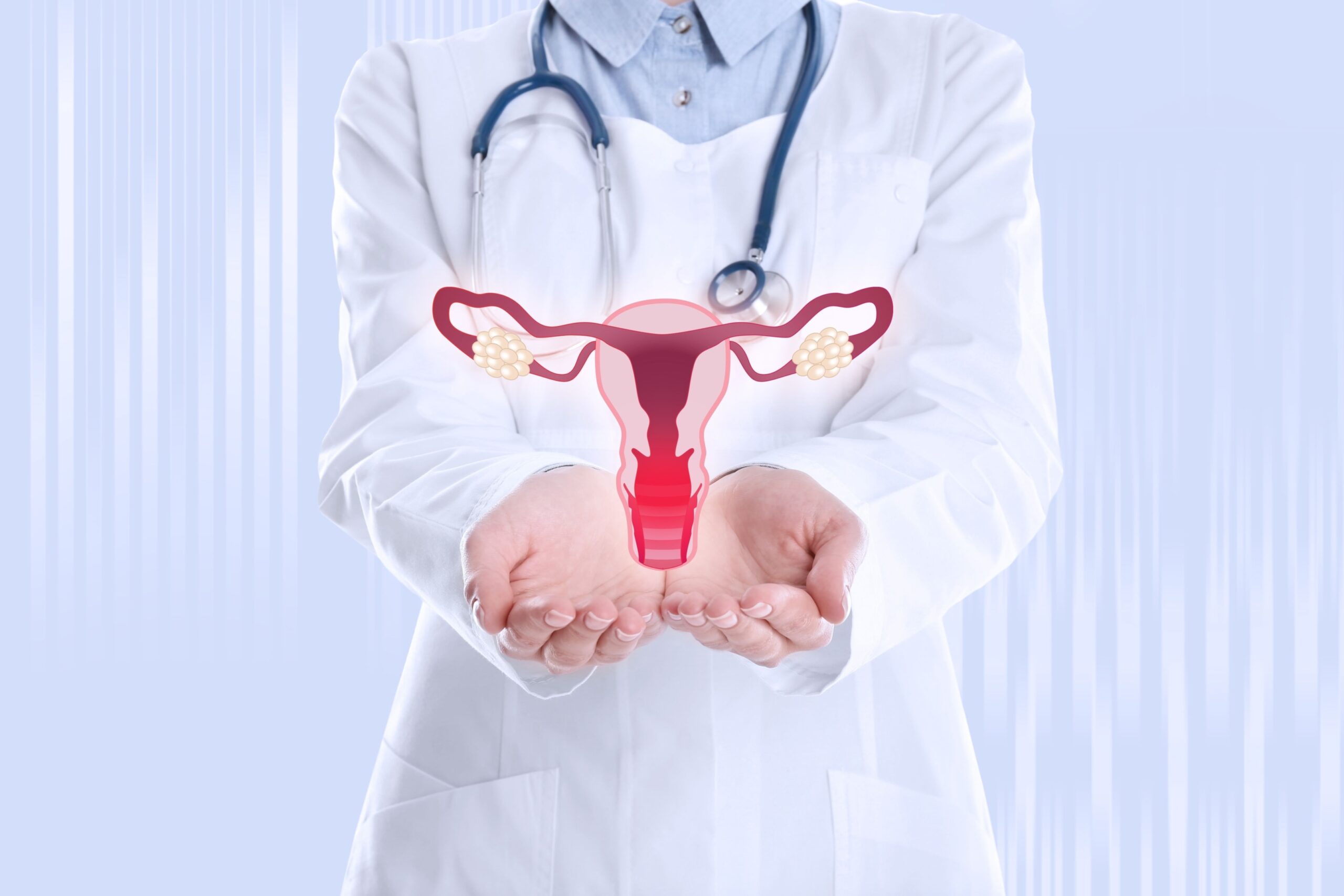Understanding What Is Hypotension: Causes, Symptoms, and Management
Understanding What Is Hypotension: Causes, Symptoms, and Management


Hypotension, commonly called low blood pressure, is a condition where your blood pressure is significantly below the normal range, which could lead to inadequate blood flow to the heart, brain, and other vital organs. This article delves into the causes, symptoms, and how to manage hypotension, providing crucial information for those looking to understand the implications of this condition and answering the question, “What is hypotension?”
Key Takeaways
Hypotension, or low blood pressure, is when your blood pressure is below 90/60 mmHg. It can make you feel dizzy, faint, and tired, which can mess up your daily life and lower your quality of life.
Many things can cause hypotension, like not drinking enough water, losing a lot of blood, having heart problems or hormone issues, and taking certain medicines. If you don’t treat it, low blood pressure can lead to serious health problems.
To manage hypotension, you can make lifestyle changes like drinking more water and eating differently. Sometimes, doctors might give you medicine or suggest wearing support stockings. It’s important to regularly check your blood pressure and talk to your doctor.
Decoding Hypotension: A Comprehensive Overview
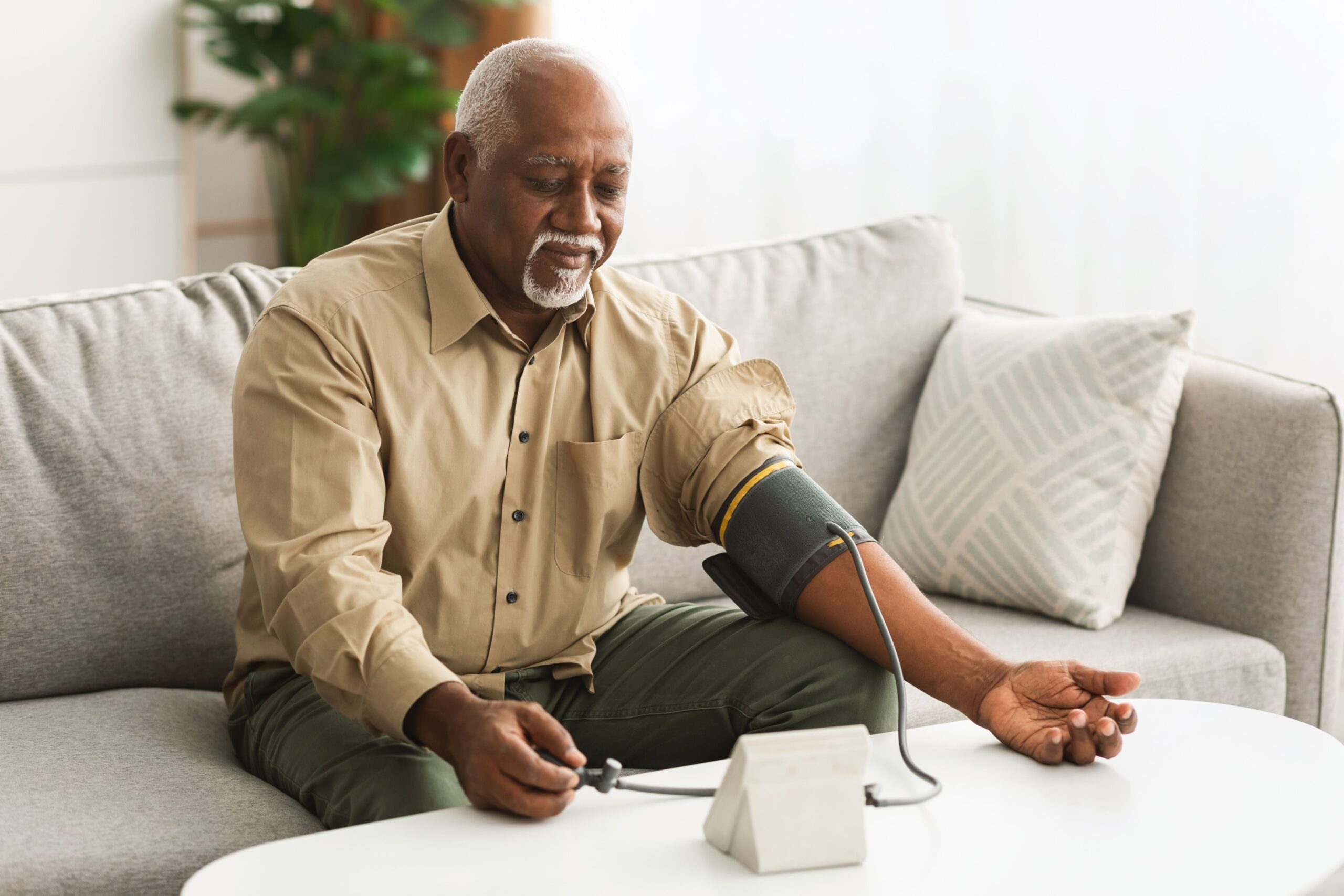
Low blood pressure, or hypotension, is not just a quick feeling of dizziness. This happens when your blood pressure drops below the normal range, which can affect how well your heart, brain, and other important organs get blood and oxygen. Healthy blood pressure is usually between 90/60 mmHg and 120/80 mmHg. Keeping your blood pressure in this range is important for staying healthy. When it drops too low, it can cause different health problems. Some common signs of low blood pressure include:
Feeling dizzy or lightheaded
Fainting
Blurry vision
Feeling very tired or weak
Nausea or vomiting
Fast or shallow breathing
Cold and clammy skin
If someone shows these symptoms, it’s important to see a doctor right away to find out why and get the right treatment.
Next, we will look at how low your blood pressure needs to be before it becomes a problem.
Defining Low Blood Pressure
Imagine your body as a network of highways. Your blood vessels are like roads, and your blood is like cars traveling on them. Low blood pressure is like having fewer cars on the road, which means important nutrients and oxygen take longer to reach your organs. Doctors say you have low blood pressure if your reading is below 90 mm Hg systolic or 60 mm Hg diastolic. What does this mean for your health? Let’s look at different blood pressure levels to understand their effects.
Different Blood Pressure Levels
The American Heart Association says normal blood pressure is below 120/80 mm Hg. It’s important to keep your blood pressure in this range. Even small changes can cause problems. For example, if your blood pressure drops by just 20 mm Hg, you might feel confused or faint. It’s important to watch out for both high and low blood pressure. Regularly checking your blood pressure is key.
What happens when you start to notice signs of low blood pressure?
Symptoms of Hypotension: Recognizing the Signs
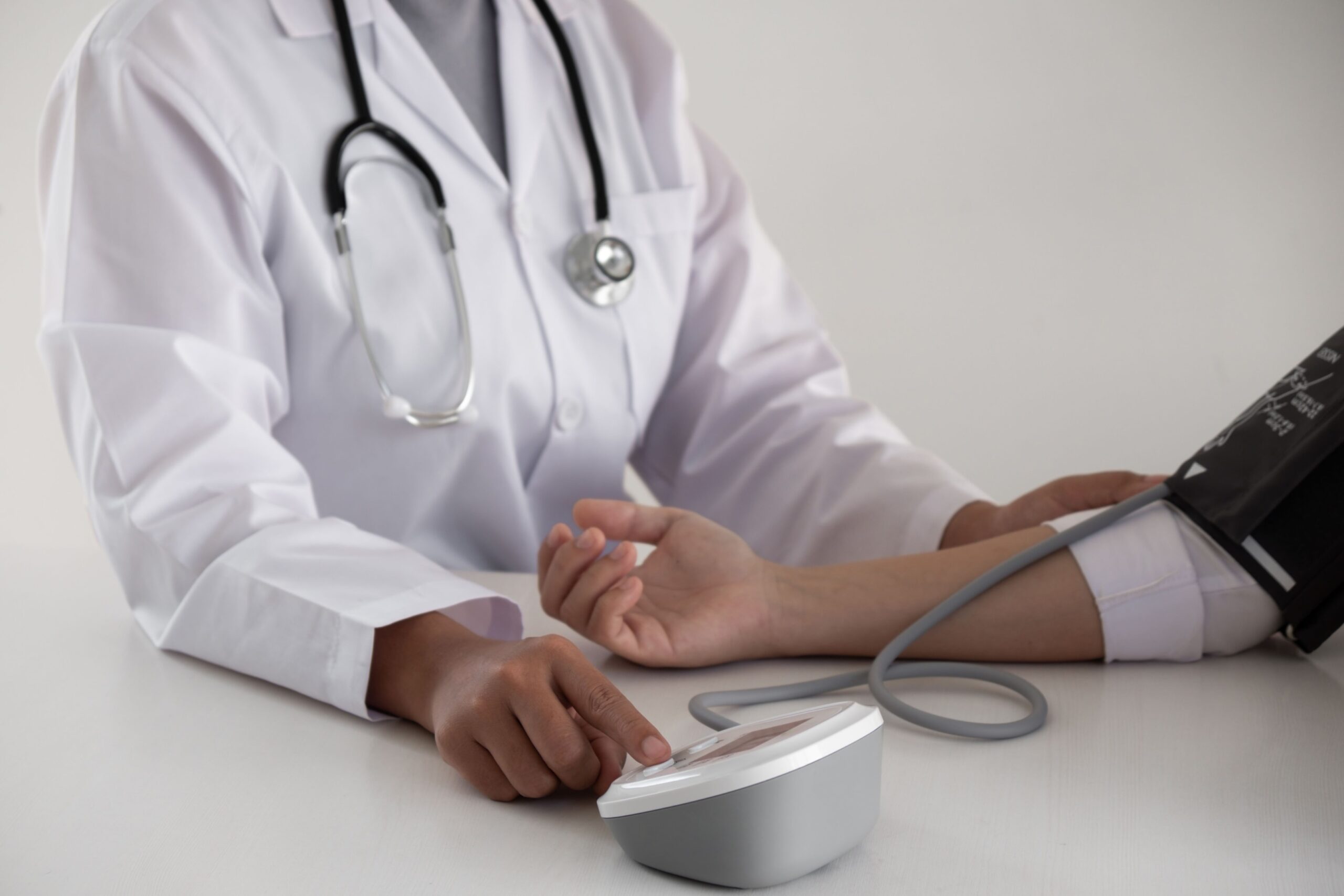
Hypotension, or low blood pressure, can show up in many ways, from minor to serious. It’s important to know these signs, which often include:
Feeling light-headed
Unsteady movements
Dizziness
Weakness
Blurry vision
Constant tiredness
Fainting
Confusion
Nausea or vomiting
Feeling very sleepy
Headaches
Neck or back pain
Heart palpitations
These symptoms can greatly affect daily life and overall well-being. Some people may have low blood pressure without showing any symptoms.
When should you worry about these signs being a serious health risk?
When Symptoms Signal Danger
While feeling dizzy or tired once in a while might not seem like a big deal, sudden and severe drops in blood pressure can be very dangerous. This can harm your heart, brain, and other organs, and you need to get medical help right away. If someone passes out because of low blood pressure, call emergency services and start CPR if needed.
But how do you tell the difference between symptoms and complications?
Symptoms vs. Complications
Symptoms of low blood pressure, like dizziness and fainting, can make everyday activities hard and increase the risk of getting hurt from falls. If you don’t treat low blood pressure for a long time, it can lead to serious health problems like:
Heart problems, including heart attacks and strokes
Kidney failure because of reduced blood flow
Trouble concentrating and memory problems due to low blood flow to the brain
If you notice symptoms of low blood pressure, like when standing up too quickly or during an allergic reaction, it’s important to talk to a doctor.
It’s crucial to know the difference between symptoms that need immediate attention and complications that come from untreated low blood pressure. So, what causes hypotension?
Not drinking enough water
Losing a lot of blood
Side effects from certain medications
Heart problems
Hormone issues
Severe allergic reactions
Infections
Lack of certain nutrients
The Root Causes of Low Blood Pressure

Many things can cause low blood pressure, like not drinking enough water, not eating for a long time, and being very tired. Sometimes, low blood pressure happens quickly because of big problems like losing a lot of blood, a bad infection, a heart attack, or a serious allergic reaction.
Looking closer at the causes of low blood pressure, we find that certain medical conditions and some medicines play a big role.
Health Problems That Cause Low Blood Pressure
Our body is like a machine where every part needs to work well. If one part doesn’t work right, it can cause problems in other parts. Heart problems, like heart attacks, issues with heart valves, or slow heartbeats, can cause low blood pressure. Diseases that affect the nerves, like Parkinson’s, and hormone problems, like Addison’s disease, can also lower blood pressure. Some medicines can also cause low blood pressure.
Medications That Affect Blood Pressure
Some medicines can help with health problems but might also lower your blood pressure. Medicines known to do this include:
Drugs for high blood pressure
Water pills (diuretics)
Medicines for Parkinson’s disease
Treatments for erectile dysfunction
This shows why it’s important to have regular check-ups and talk openly with your doctor to keep your health in check.
So, how do doctors find out if someone has low blood pressure?
Diagnosing Low Blood Pressure: Understanding the Process
Finding out if someone has low blood pressure usually involves several steps. These include a physical check-up, looking at the person’s medical history, and measuring their blood pressure. Sometimes, figuring out the cause can be tricky and not straightforward.
From Symptoms to Diagnosis
Doctors look for low blood pressure by checking a patient’s medical history, which includes past illnesses and family health issues, especially if symptoms like dizziness, tiredness, or fainting keep happening. They start by looking at the medicines the patient is taking, listening to their symptoms, and doing a physical exam.
Finding out about low blood pressure goes beyond just the first check-up.
Diagnostic Tests and Procedures
Doctors use different tests to find out why someone has low blood pressure. Besides checking your blood pressure and doing a physical exam, they might also do:
Blood tests
Urine tests
Imaging tests like X-rays or ultrasounds
Heart tests like ECGs
Tilt table tests
These tests help doctors figure out why you have low blood pressure and how to treat it.
Treating and Managing Low Blood Pressure

Once diagnosed as a condition needing treatment, managing low blood pressure (hypotension) usually means making changes to your lifestyle and sometimes taking medicine. Here are some common steps:
Wear compression stockings to help blood flow.
Add more salt to your diet, but only if your doctor says it’s okay.
Take medicines like fludrocortisone or midodrine to raise blood pressure.
Lifestyle Changes for Low Blood Pressure
To manage low blood pressure, try these daily habits:
Drink plenty of water.
Increase your salt intake, but ask your doctor first.
Exercise regularly.
Move slowly when getting up from lying down.
Eat smaller, more frequent meals that are low in carbohydrates.
Be careful with caffeine.
These methods can help keep your blood pressure stable. If lifestyle changes aren’t enough, you may need medical treatment.
Medical Interventions
If lifestyle changes don’t help manage low blood pressure, medical treatments might be necessary. Here are some common ways doctors treat low blood pressure:
Using medicines like fludrocortisone to increase blood volume and raise blood pressure.
Changing or stopping medicines like beta-blockers that can affect blood pressure.
Giving intravenous fluids in emergencies to quickly increase blood volume and pressure.
Managing low blood pressure is something that needs ongoing attention. But can it be prevented?
Preventing Hypotension: Simple Steps
To avoid low blood pressure, you can take some easy steps like eating small meals more often, drinking plenty of water, and staying active with regular exercise.
Let’s look at these steps more closely.
Dietary Tips
What you eat can help prevent low blood pressure. Here are some tips:
Eat more salt to help keep your blood pressure up, but only if your doctor says it’s okay.
Drink lots of water to keep your blood volume and pressure steady.
Eat smaller meals more often to avoid big drops in blood pressure after eating.
Include salty snacks, drink enough water, and have caffeinated drinks when needed.
Eat foods with slow-digesting carbohydrates and those high in vitamin B12 and folate to help regulate your blood pressure.
Always talk to your doctor before making changes to your diet.
Physical Activity and Postural Changes
To manage blood pressure, it’s important to think about what you eat, staying active, and how you move your body. Here are some tips to help:
Move slowly when getting up from lying down or squatting.
When standing, cross your legs or put one foot on a step to help blood flow back to your heart.
If you feel dizzy or lightheaded, sit down right away to avoid falling.
How does low blood pressure affect your daily life?
The Impact of Hypotension on Daily Life
Dealing with low blood pressure every day can be tough. Symptoms like fainting or dizziness can interrupt your usual activities and make you more likely to get hurt from falls. Low blood pressure means your organs, like your brain, might not get enough oxygen and nutrients, which can cause serious health problems over time.
So, what can you do to handle these everyday challenges?
Coping Strategies for Everyday Challenges
Dealing with low blood pressure involves simple steps. People who have symptoms of low blood pressure should stand up slowly and carefully to avoid feeling dizzy. If they start to feel lightheaded, they should sit down right away to prevent falling.
The key is to know how your body feels and take the right actions to manage the symptoms.
Support Systems and Resources
Having a strong support system is important for managing low blood pressure. If symptoms get in the way of daily activities, it’s important to talk to healthcare professionals. A team of different specialists can help, including:
a primary care doctor
a heart doctor (cardiologist)
a nerve doctor (neurologist)
a kidney doctor (nephrologist)
Did you know that using prescription discount cards can help lower your healthcare costs?
NiHowdy’s Role in Managing Healthcare Costs
NiHowdy helps with the high costs of managing low blood pressure by offering a prescription discount card. This card helps people save money on their medications and also lets them earn Bitcoin rewards, which can help with future healthcare costs.
Saving Money with NiHowdy
The NiHowdy prescription savings card offers these benefits:
The card is free and has no hidden costs or fees for users.
Cardholders get instant discounts on their prescriptions at participating pharmacies every time they use the NiHowdy card.
You can also earn up to 3% in Bitcoin with every prescription refill.
The savings from using NiHowdy’s card can add up over time, helping to cover future healthcare costs or other big expenses.
Using NiHowdy for Low Blood Pressure Treatment
NiHowdy’s discount card makes treating low blood pressure more affordable. By using NiHowdy’s card, you get instant discounts on your medication, making it easier to manage the costs. Plus, you earn Bitcoin rewards every time you buy your prescriptions, giving you extra financial benefits.
The Bitcoins you earn can grow in value over time, providing long-term financial gains for those managing low blood pressure. This means you can save money and earn rewards while taking care of your health.
Summary
Hypotension, or low blood pressure, is a health condition that can greatly affect how someone feels every day. We’ve talked about what hypotension is, its symptoms, causes, how doctors find out if you have it, how to treat it, and how to prevent it. We also learned how NiHowdy can help save money on medicines for hypotension. Remember, managing hypotension means taking care of yourself all the time. Even though it can be tough, with the right information, support, and tools, you can live a happy and healthy life.
Frequently Asked Questions
What is considered low blood pressure?
Doctors say you have low blood pressure if your reading is less than 90 mm Hg systolic or 60 mm Hg diastolic.
What are the symptoms of hypotension?
If you feel weak, dizzy, light-headed, or faint, it’s important to talk to a doctor to make sure you get the right help.
What can cause low blood pressure?
Low blood pressure can happen because of stress, not drinking enough water, certain health problems, and some medicines. It’s important to know that things like stress and not drinking enough water can make your blood pressure drop.
How is hypotension diagnosed?
Doctors find out if you have low blood pressure by doing a physical check-up, looking at your medical history, and measuring your blood pressure. They might also do some tests if needed.
How can hypotension be prevented?
To stop low blood pressure, eat small meals often, drink plenty of water, and exercise regularly. Doing these things can help keep your blood pressure at a normal level.
Understanding What Is Hypotension: Causes, Symptoms, and Management Read More »
